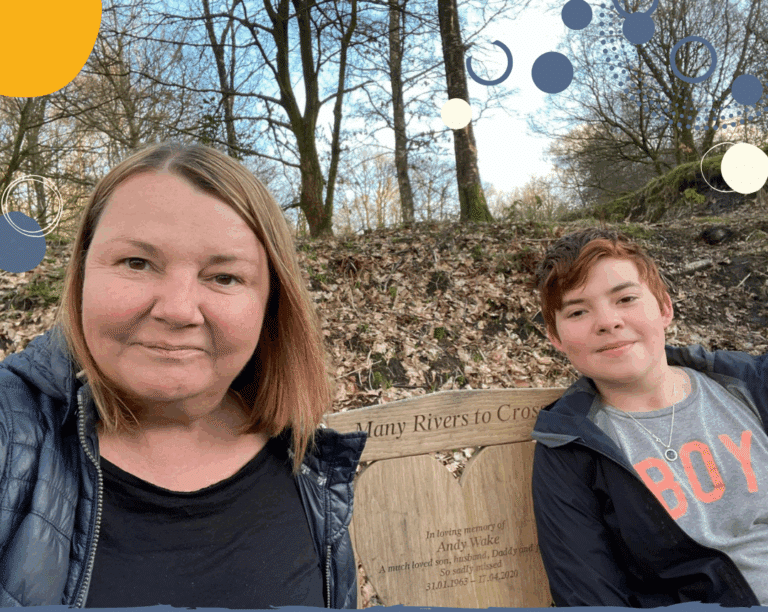How naming emotions builds children’s emotional resilience
Emotional resilience is the ability to bounce back from hard moments, face challenges and cope with stressful events. Naming emotions is a really important step in building children’s emotional resilience because it helps children to recognise their own feelings. And when parents name an emotion calmly, without joining in or being swept up by that emotion, children learn to accept emotions and understand that it’s ok to have them.
Emotions can be overwhelming
Knowing that you are having an emotion sounds like a no-brainer, doesn’t it? However, a child is not born understanding what is happening to them when they have a big feeling, it is something they learn through experience. And, for young children especially, emotions can be overwhelming experiences.
Imagine a young child in the grip of a big emotion. It’s almost like they have been possessed. Emotions have physical manifestations that we can’t control – we shake, we cry, we wail – our bodies are taken over. And it’s not just negative feelings that are physically overwhelming. Positive feelings like excitement can also knock children over.
Emotions have a pattern
As adults, we know that emotions come and go. They have a pattern (a bit like a wave) with a peak that can be uncomfortable but they do not last forever. If we wait them out, and maybe use some positive coping strategies, emotions pass.
By the time we are adults, that emotional rhythm is familiar to us. We’ve been around the block enough times to recognise the pattern, even if it still knocks us over sometimes.
However, children don’t have that history. Everything is new to them. How are they to know that this emotion will go away? How are they to know that it is safe to have this emotional experience? That the feeling won’t build and build and build until they simply blow apart?
Naming emotions brings safety
That’s why naming emotions is so important. When we name something it becomes knowable, something we can talk about. And when a feeling is named calmly by a parent, we signal to children that this emotion is safe. It may be uncomfortable but it is not unmanageable. No matter how big or scary an emotion feels, the safety of a calm gentle parent will always be a bigger.
Simply by saying, “I can see you are upset,” or “It sounds like you are disappointed,” parents can help children learn to recognise the feeling they are having and learn the words to describe it. These words are the foundation of children’s emotional resilience and the building blocks for emotional literacy.
Words lead to conversations
Once children are able to talk about emotions, we can start introducing ideas for how to manage big feelings and how to express emotions appropriately. We can work with children to develop positive coping mechanisms and self-soothe strategies (see our short video on Self-soothe strategies for overwhelmed children for ideas).
It is not a magic spell, of course. Your distraught child will not necessarily calm down just because you have named their emotion. But over time, naming emotions helps children to recognise and accept their feelings and builds their ability to bounce through difficult moments.
Does your child suffer from ANXIETY? We offer specialised support for parents to help you learn how to support an anxious child and build their confidence. Details here.






